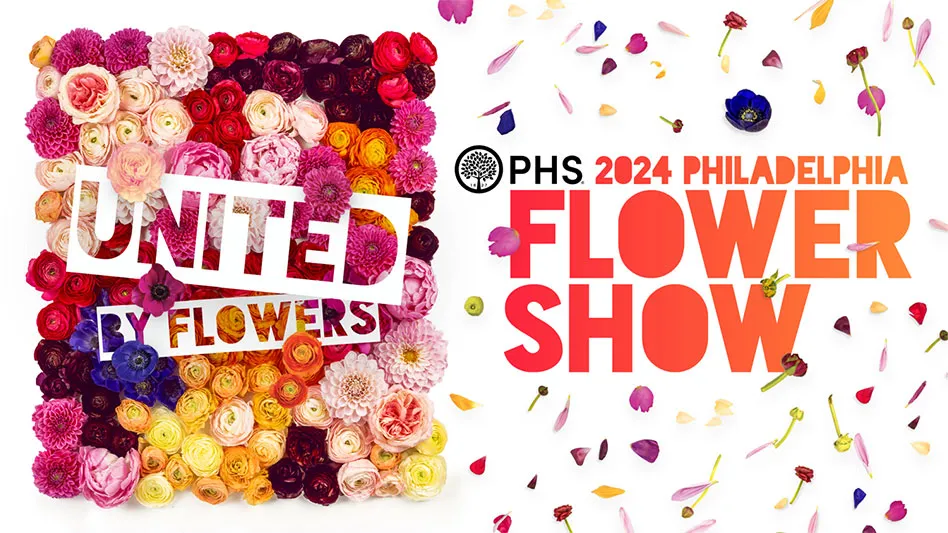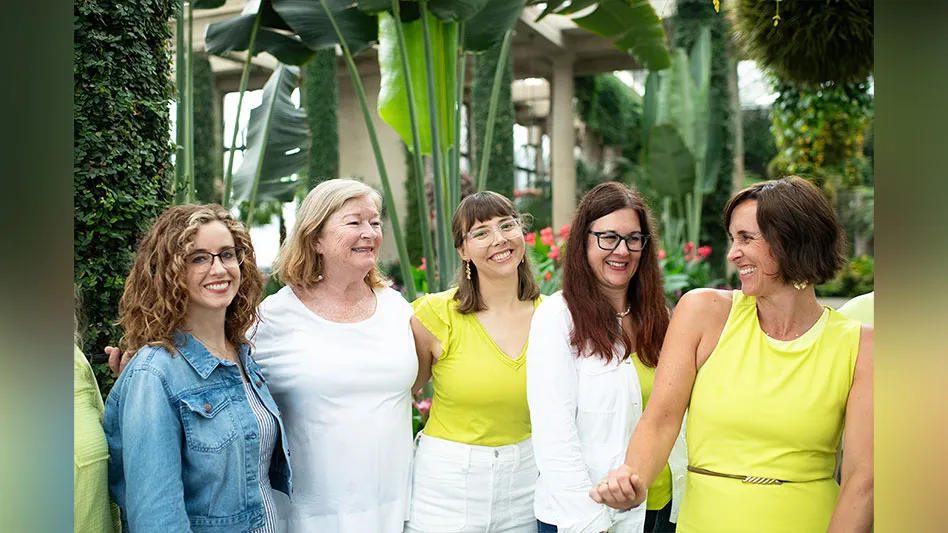In my spring visits to garden centers, I noticed more integrated merchandising than ever before. By integrated, I mean that retailers are showing customers how plant combinations would look around their homes, decks or outdoor living spaces.
I’m delighted to see that the message has gotten through to many retailers that their customers are shopping for a special part of their lifestyle. Still, I was surprised at the number of greenhouse and garden center managers (not just in
I don’t think for most consumers that the focus of their gardening activities ever really was plants. Yes, there are some plant geeks like myself whose heart will skip a beat at not-even-on-the-market-new or a rare plant in flower.
{sidebar id-51}
A part of lifestyle
For most people, gardening has been about lifestyle all along. I can remember being in the garden with both of my grandmothers.
For one, the garden was a place of respite. It was a place to enjoy for the beauty. Yes, there was the work of gardening, but this work gave pleasure in its rewards: scents, sights and sounds of nature. The garden was just outside of my grandmother’s backdoor. It gave her, and me, a close retreat. That retreat was a significant part of her lifestyle for many years.
For my other grandmother, the garden was a place of tangible reward: fresh vegetables. Hers was not necessarily a place to enjoy, but to harvest the garden’s bounty to enjoy. Her take on the garden was different, but it was still an important part of her lifestyle.
From ancient to modern times, when people adapted their lifestyle, gardens went along with them. I remember studying gardens from numerous cultures: Roman, Greek, Italian, French and English. To each culture, the garden was something a bit different.
I suspect gardening was a part of the lifestyles of the poor and affluent throughout the ages. How the garden was incorporated into their lifestyles changed over time, but it was always a part of the lifestyle.
Living spaces
We are seeing more emphasis placed on lifestyle gardening. The lines between indoors and outdoors are blurred. Outdoor livings spaces have replaced the front and back porches. We’ve changed from patios to decks to grand outdoor living spaces. We’ve moved more furniture outside when decks became the norm. Now, outside kitchens seem all of the rage.
I see thousands of dollars spent not only on gas grills but on outdoor kitchens to cook and entertain friends and family. Now, even big-screen televisions are usurping the outdoor stereo system. It’s easy to find displays and advertisements of these outdoor living spaces, but where are the plants? Gardening can and should be a part of that outdoor entertaining lifestyle.
Where are we missing the connection?
Create living spaces
I think we need to highlight the horticulture professional’s ability to create outdoor living spaces. Walk through an IKEA store and you won’t see rows of sofas or bookcases (and you most certainly won’t see merchandise grouped alphabetically).
You will see integrated groups of furniture. You see sheets on the beds and plates on the tables.
Why don’t we take a cue from IKEA and build more exterior facades and decorate them? Many retailers sell outdoor furniture and grills. Yet, we still don’t see them integrated in a setting. I know there are challenges with keeping inventory in salable condition, but it may not be selling as fast if we don’t give customers the context in which to buy. Outdoor lifestyle products should be integrated into displays.
Could you become acquainted with a mason who’s installing outdoor kitchens and get him to make a display in your store? Can you incorporate furniture into displays, rather than displaying it in its own distant area? Can you invite a chef into the store on a fall Saturday afternoon to give an outdoor cooking demonstration?
Lifestyles of tomorrow
Being the number geek that I am, I love demographic trends. We all know that the baby boomers are aging -- the first one turned 60 last year. We all also know that the baby boomer generation fueled the growth in horticulture over the last two decades. They made us a part of their lifestyle.
As I’ve said in numerous talks, how this generation retires will affect our industry like no other population segment. They helped make us what we are. Not likely. How they retire will affect the retail, wholesale and production industries.
For more: Hillenmeyer Garden Shops, (859) 977-0184.
Farewell to a friend of floriculture
In May, we said goodbye to
John’s love for Catherine, his passion for science, his contributions to the industry, and his concern for up-and-coming professionals amazed me. I still have a few of the notes and letters he wrote me over the past 25 years. He’d praise an article I’d written or comment on a talk I’d given.
Our industry has one less gentleman, one less scholar and one less true friend. Yet, I am comforted by the knowledge that he and Catherine are reunited and that would make him smile more than anything.
{sidebar id=1}
- Bridget Behe
Latest from Garden Center
- Weekend Reading 5/17/24
- GardenComm 2024 Annual Conference registration is open
- Landmark Plastic celebrates 40 years
- Proven Winners introduces more than 100 new varieties for 2025
- Weekend Reading 5/10/24
- The Family Business, Part 2: Agreeing (and disagreeing) on capital investments
- Registration opens for Darwin Perennials Day
- Weekend Reading 5/3/24





